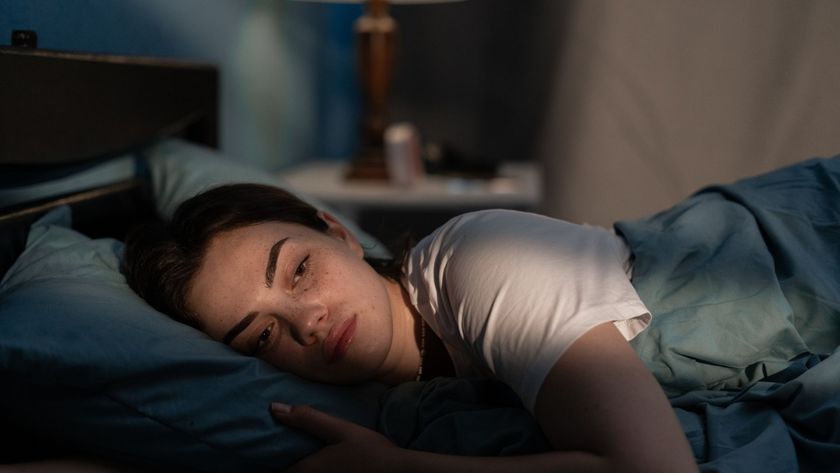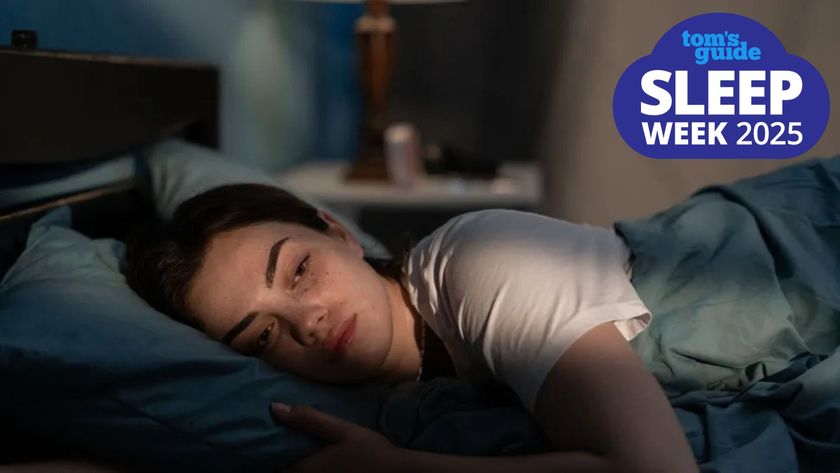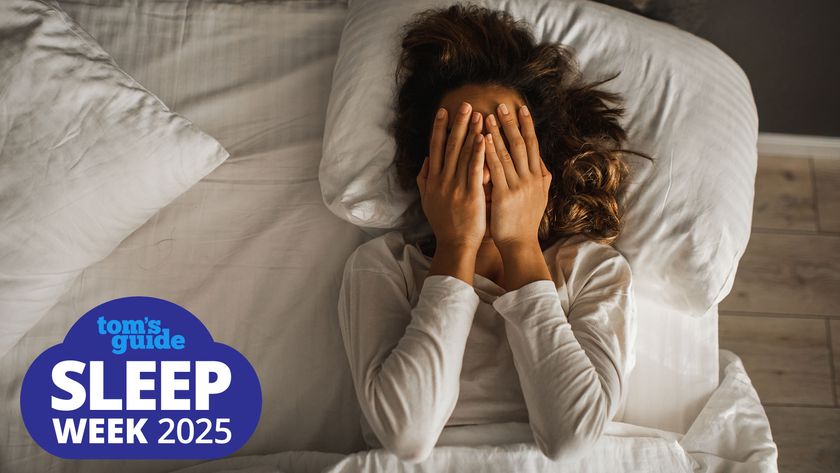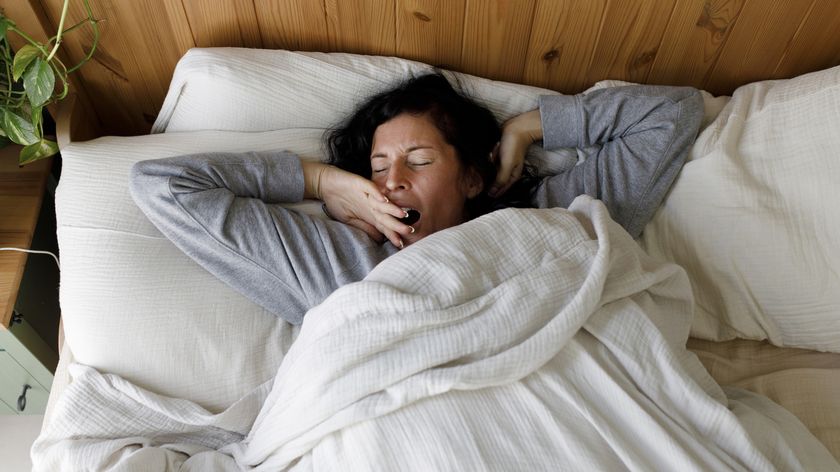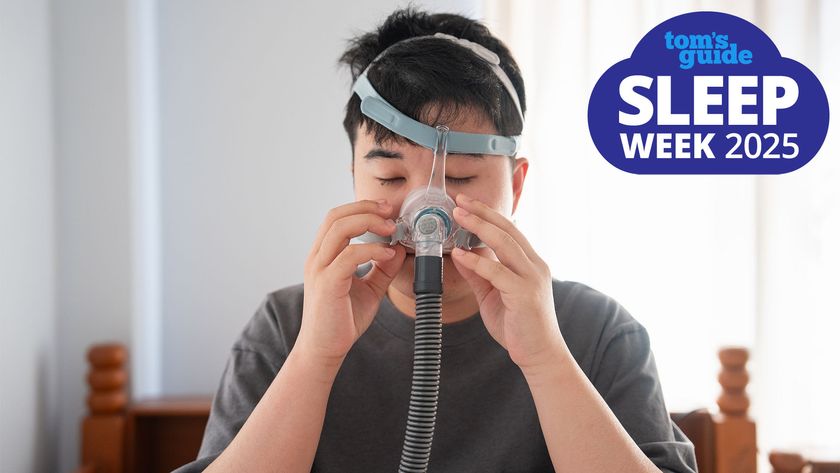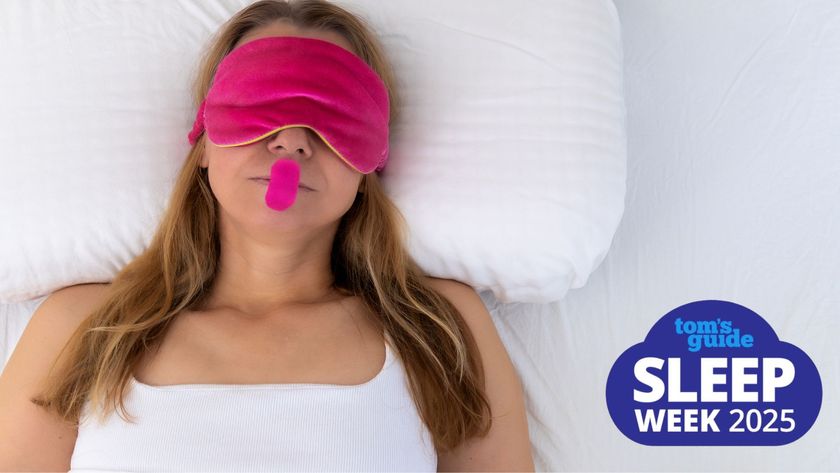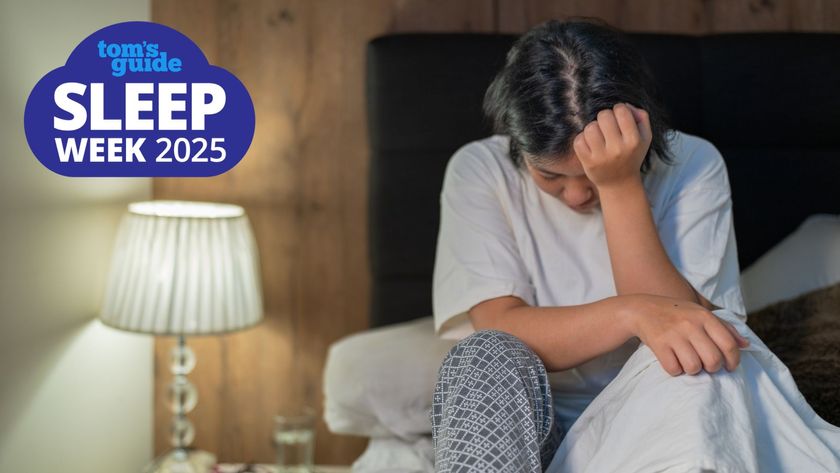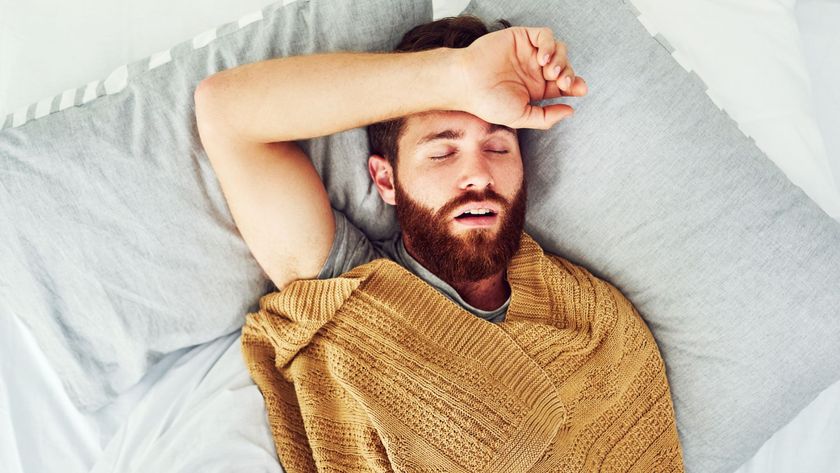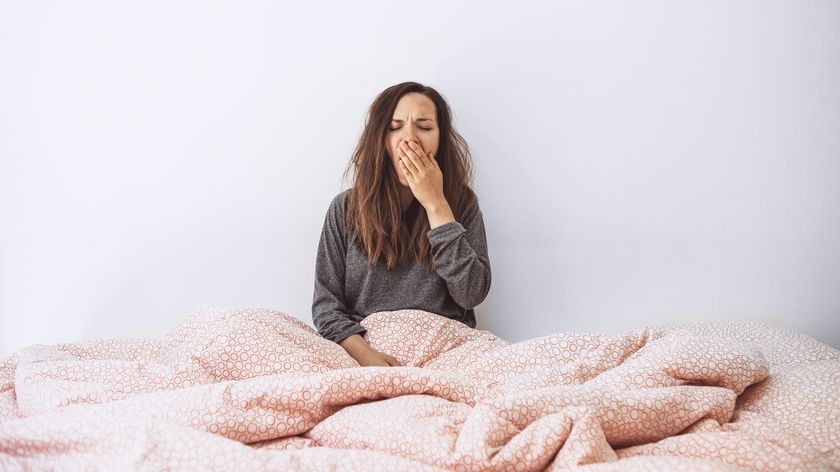Sedentary jobs increase your risk of insomnia with symptoms lasting up to 10 years, new study says
Around 80% of the modern workforce may be at risk of developing insomnia symptoms — here's how to avoid that

We all know that sleep is integral to our overall health, not to mention crucial for maintaining optimal performance at the workplace. But what if your job was the reason behind your sleep troubles?
A new study published in the Journal of Occupational Health Psychology has explored the link between sedentary jobs and the increased risk of insomnia, with symptoms lasting up to ten years. The new findings are based on 10-year long study of more than 1,000 employees involved in sedentary work, which are usually deskbound jobs that require very little movement throughout the day.
"The way we are designing work poses serious, long-term threats to healthy sleep,” says Claire Smith, psychologist at the University of South Florida who led the team of researchers.
Key Takeaways
- Employees with sedentary jobs experience a 37% increase in insomnia symptoms, says new study
- Those working non-traditional hours have a 66% higher risk of needing ‘catch-up sleep’
- Approximately 90% of insomnia-like sleepers said that their symptoms persist even 10 years later
The research was conducted based on data spanning 10 years from the national Midlife United States study which identified three types of employees based on their sleep health levels: good sleepers, catch-up sleepers and insomnia-like sleepers.
It found that sedentary work had a strong association with insomnia, with the third group (insomnia-like sleepers) reporting symptoms such as difficulty in falling asleep, broken sleep and daytime tiredness.
The catch-up sleepers, which mainly included shift workers with irregular work patterns, were found to be at a 66% higher chance of wanting to take short nap breaks during the day.
What is a sedentary job?
A sedentary job is categorized as a job performed while sitting or standing still for long periods of time with minimal movement. According to the new research, around 80% of the US workforce are sedentary workers.
Sedentary jobs have long been linked to an increased risk for a variety of health conditions, including heart disease and stroke. However, this latest study highlights that it has a strong association with insomnia, a sleep issue seen in 1 in every 8 US adults according to a survey by the American Academy of Sleep Medicine.
What is insomnia?
Insomnia is a common sleep disorder affecting roughly 1 in 3 adults worldwide and is characterized as long periods of poor sleep. Common symptoms include difficulty in falling asleep (30 minutes or more) and staying asleep, lying awake during the night for 30 minutes or more and extreme tiredness or fatigue during the day due to lack of proper sleep.
How your sedentary job could be ruining your sleep

This latest study has revealed that long hours of work with minimal physical activity can cause symptoms of insomnia. It can delay the onset of sleep and cause frequent interruptions leading to daytime-fatigue or exhaustion, simply because you haven’t slept enough.
Sign up to get the BEST of Tom's Guide direct to your inbox.
Get instant access to breaking news, the hottest reviews, great deals and helpful tips.
“Healthy sleep involves more than just getting your eight hours. It’s also falling asleep easily, sleeping through the night and having a consistent sleep schedule,” explains Smith.
Almost 90% of sleepers experiencing insomnia symptoms said that these symptoms continued to persist even after 10 years. In addition to a prolonged impact, if left unresolved, this can impact your ability work productively, which can then lead to a vicious cycle of problems.
“This is particularly important for both employers and employees, since research shows that poor sleep health is known to impact productivity, well-being and overall health,” explains Smith who also drew insights from a team of experts in psychology, psychiatry, aging and medicine.
How to improve your workplace habits for better sleep
This latest study has explored the link between sedentary jobs and insomnia, with long periods of minimal movement wreaking havoc on our sleep quality. Thankfully, there are four simple ways to offset the effects of a sedentary job for better sleep tonight.
1. Don’t work too close to bedtime

Working too close to bedtime can stimulate your brain, preventing your from being able to fall asleep fast. Instead, set up a consistent sleep schedule that ensures there's enough of a break between the end of your working day and the beginning of your nighttime routine.
2. Break at lunchtime for fresh air and exercise
Regardless of whether you work from home or the office, heading outside during your lunch break to get some fresh air is a great way of incorporating physical activity into your work schedule. Exercise can help us sleep better by regulating our circadian rhythms, which is the body's internal clock. Studies suggest that being outdoors can boost your serotonin levels (the happy hormone), which in turn reduces stress levels, which contributes to having a goodnight's rest at the end of the day.
3. Don’t work from your bedroom
A major part of our global workforce now follow a hybrid system, where we work from the comfort of our home a few days a week. While it can feel tempting to work from the comfort of your bedroom (or even your bed) during those home working days, working within a space that you sleep in can form an association with work as opposed to rest and relaxation. That means that when your laptop finally closes, you'll likely find it hard to switch off and relax.
4. Switch up your work space
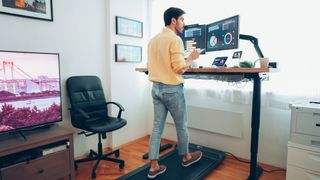
If heading out for a lunchtime walk isn't an option, it's still important to incorporate movement into your work day. "If you are sedentary it is important to implement physical activity throughout your day," says Dr Robert Roopa, psychologist, anxiety, OCD and sleep expert at Counselling Services for York Region.
"How you choose to get your activity in is up to you. I don’t think its’ as simple as getting a standing desk, I think it goes beyond simply standing – it’s about how you remain active while standing. If a standing desk allows for more movement, such as a walking treadmill under the desk, then I do believe it can be beneficial."

Becky is a Sleep Staff Writer at Tom’s Guide covering all things sleep-related including product reviews, research studies, news and explainers. She works on specialist bedding content and is responsible for buyer’s guides like the best pillows for all sleepers and best mattress protectors focusing on popular brands such as Tempur-Pedic, Avocado, Coop Home Goods and more. Becky is a PPA accredited journalist who is keen to explore the intricacies of sleep, its effects on skincare, mental wellbeing and work performance. While not thinking of sleep, she can be seen reading in cosy bookshops or learning about global food culture.
